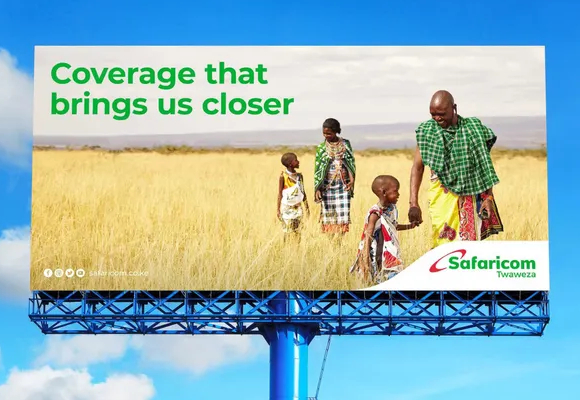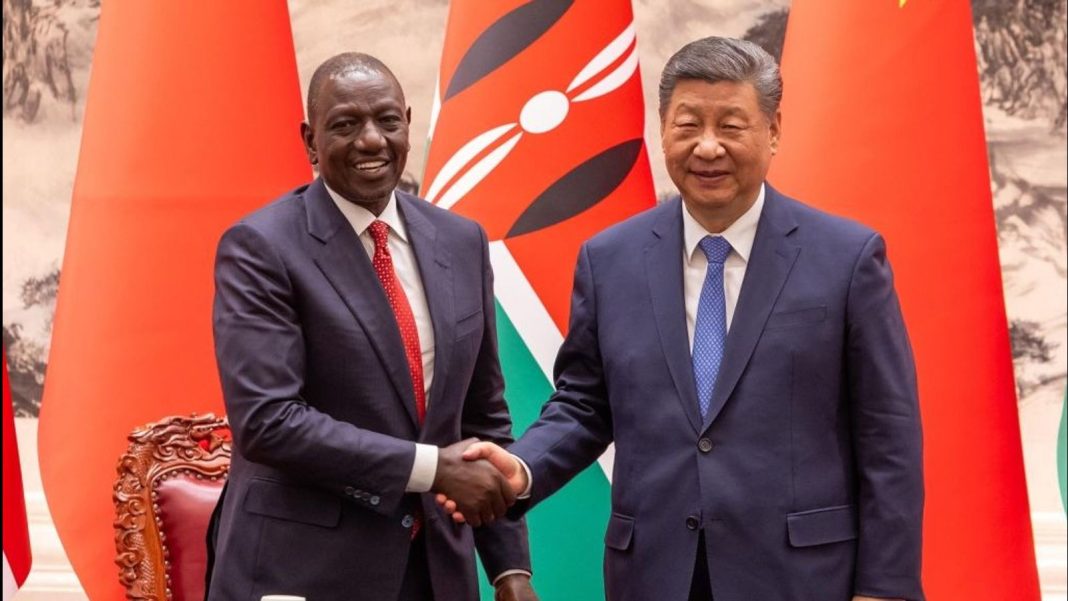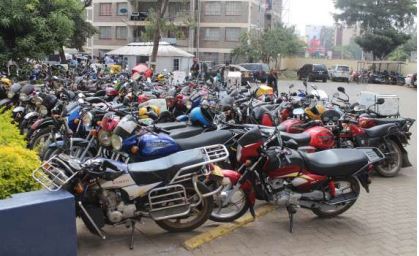The National Transport and Safety Authority (NTSA) has issued a 21-day ultimatum to all national and county government agencies to comply with the rollout of new-generation reflective number plates.
In a public notice issued on Thursday, August 7, NTSA directed all government entities to ensure their vehicles are fitted with the updated plates by Thursday, August 29, 2025.
“Ensure all county and national government vehicles are fitted with the new generation number plates by August 29, 2025,” the notice stated.
Government agencies experiencing any challenges during the application process have been encouraged to seek assistance through NTSA’s official communication channels.
This directive comes just two months after NTSA published a detailed guide on how to apply for the reflective plates on May 21, 2025.
How to Apply for New Reflective Number Plates
All applicants, individual or institutional, must use the NTSA TIMS portal via the eCitizen platform or their personal NTSA profile.
Here’s the step-by-step process:
Login to the NTSA TIMS portal using eCitizen credentials.
Select “Vehicle Registration” and then click “Apply for Reflective Plate.”
Choose the vehicle type you’re applying for and proceed.
Under the reason for application, select “New Generation Plate.”
Upload required documents (PDF format), including the logbook and images of current front and rear plates.
Select the preferred plate shape, either square or oblong.
Choose how you wish to receive application status updates (SMS is the most common).
Select your preferred collection location from NTSA-approved centres and enter the ID of the person who will collect the plates.
Complete the process by paying Ksh3,050 via the portal’s integrated payment system.
Await SMS notification confirming when and where to collect the new plates.
The initiative is part of the government’s ongoing effort to enhance road safety, improve vehicle identification, and curb crime related to cloned or fake plates.
Failure to comply with the new directive by the set deadline could result in enforcement actions or delays in service delivery for government-owned vehicles.







Choosing the right promo code requires some research, but this guide lists them all. Pick a code based on your goals. https://www.imdb.com/list/ls4107938296/ Top betting bonus offers
It’s easy to earn no-cost betting credits by joining weekly promotions. https://www.imdb.com/list/ls4107994755/ Betting sign up bonus
Discover today’s betting deal now and elevate your experience. Join now, use our code, and receive a bonus worth claiming. Betting has never been this rewarding! https://www.imdb.com/list/ls4107953364/ New player betting bonus
20kj8s